|
Multilingual learners count on us to provide high-quality, comprehensible, and culturally responsive instruction in each lesson in every classroom.
Here are 22 practical and efficient ways (in no particular order) we can support emergent bilinguals as they climb to become our future global leaders. *The terms multilingual, emergent bilingual, and English learner are used interchangeably in this article and also include the acronyms MLs, EBs, and ELs.
1 Comment
Sketchnoting is a powerful tool for learners of all ages and in every content area. We can teach young and older students how to use sketchnotes to increase their own linguistic & academic development. Here are some of the posts and articles I have shared related to sketchnotes.
The Picture Word Inductive Model (PWIM) which was introduced by Emily Calhoun in the 90s is a popular way to support language learners. It helps meet students where they are, grow their language, and add to their content knowledge.
This article was originally posted on 2-25-2017 and has been updated on 9-17-2020 to include information relevant to distance learning.
“A picture is worth a thousand words" or so we’ve heard. The question is, how do we encourage students to get those words out, especially if we are teaching and learning in remote or hybrid settings? Some of you may be familiar with the Picture Word Inductive Model (PWIM) which was first introduced by Emily Calhoun (1999). This instructional method has been successful in traditional classrooms for decades, but can we implement it in virtual settings too? Read on to find out what PWIM is and how you can implement it to develop language. Art teacher, Libby Beaty, teaches in Seoul, South Korea at Seoul Foreign Middle School. I came across her Twitter handle in April and was instantly hooked. But I didn’t know how much I would actually love her until after I asked her to answer a few questions for me. When I read her responses, my heart filled with joy and I couldn’t wipe the smile off my face. It was Teacher Appreciation Week and this is yet another example of a teacher we must celebrate!
Here's the art project that Libby shared on Twitter and that she had her students do. It went pretty much viral. When I saw it, I reached out to Libby on Instagram and asked if I could “interview” her about her work. I asked her a series of questions. Here’s how it went. Recently at a state conference called TexTESOL, I had the pleasure to present on teaching ELs how to sketchnote. Since I personally enjoy sketchnoting so much and I have a passion for serving ELs, combining these two loves brought great happiness to me. Many of you, that were not able to attend, have reached out to me via email or direct messages on Twitter and Facebook asking for the resources from the presentation. Here they are for all to use and share. Please let me know if you use them, enjoy them, find them meaningful, or have questions. And TWEET or share pictures on facebook of your students' work (if allowable) and tag me so I'll see them. This link will take you to a Padlet with a few resources related to sketchnoting with ELs. And for fun, here are pictures of our PLN at the conference too! On June 23, 2018 I was asked to participate as a presenter for the 2nd Annual VirtuEL Conference. What an honor! I presented on Growing Literacy with Visuals. This presentation is less than 16 minutes and gives teachers an explanation for the Picture Word Inductive Model. You can learn the why, how and what! You will be able to easily implement this instructional strategy into your k-12 content classroom to grow language! Watch the video below to learn more. And click this link to watch all the other amazing presenters as well including Jana Echevarria, Larry Ferlazzo, and Emily Francis! Why is that when we teach our students about numbers, we show them the number one visually. We hold up one finger and maybe place one object in front of them. But when we teach them new vocabulary, we rarely start with the visual--instead we begin with the written word and then move to the visual...maybe. In math we move from concrete to abstract but we rarely do that with other content areas.
Research indicates that our brains process visuals 60,000X faster than text. Why are we reluctant to tap into that and use it to our advantage in the classroom? Have you ever baked cookies in the oven without preheating the oven first and expected them to be finished within the same time the directions said? Do you remember how they came out? I've done this before because I was too impatient to wait for the oven to preheat. My cookies were raw...not finished, mushy...If I wanted them to taste right, they would need to stay in the oven longer.
I would like to argue that when we don't build background for students, we are essentially doing the same thing. |
Categories
All
|

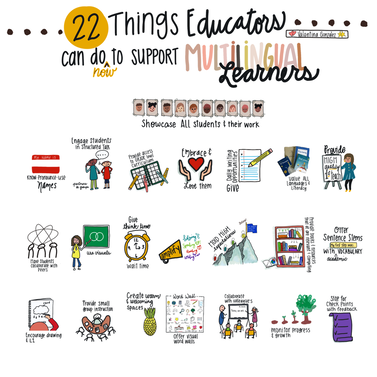
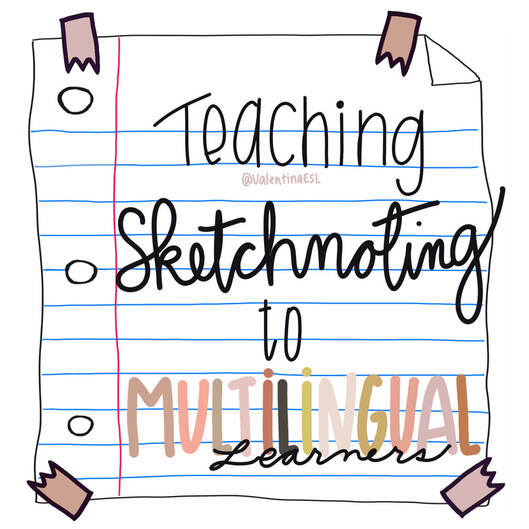
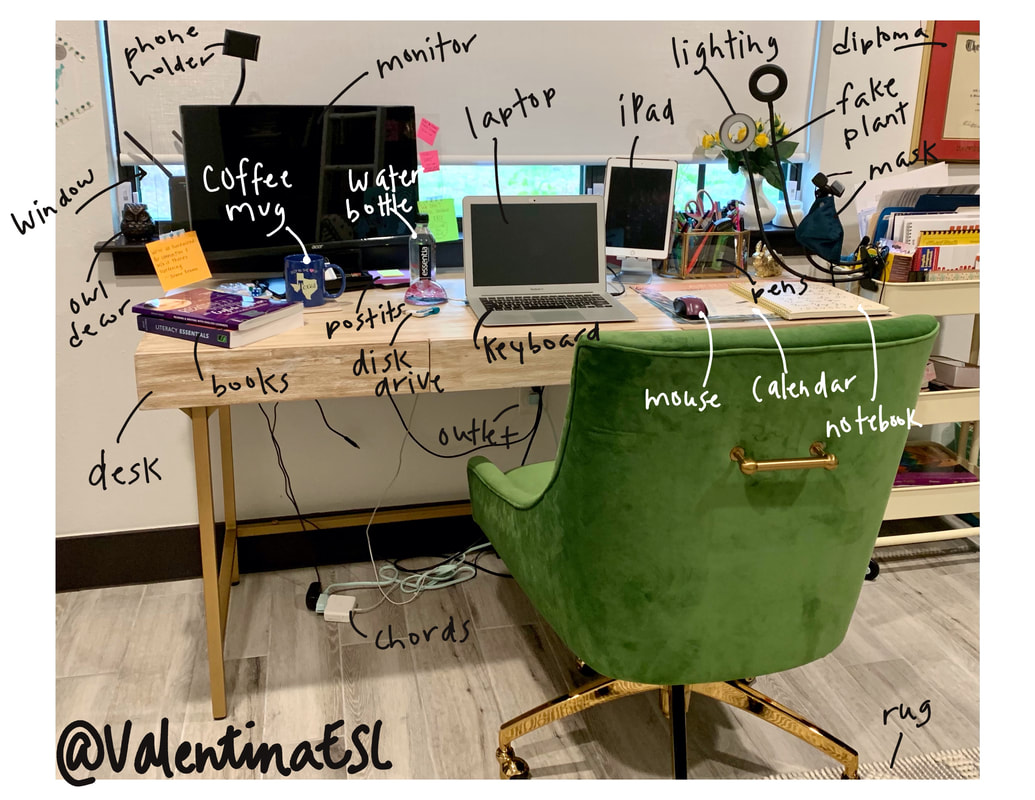
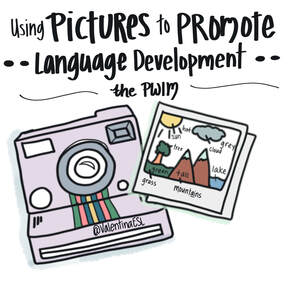


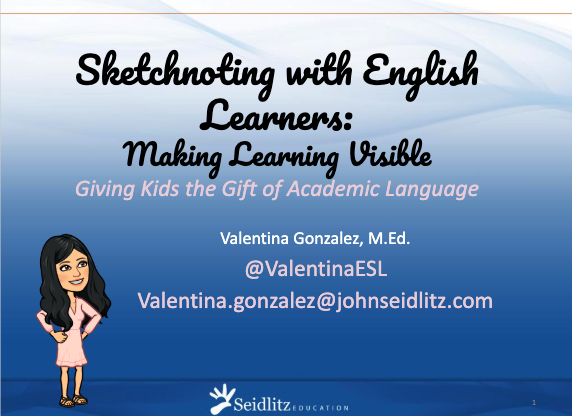
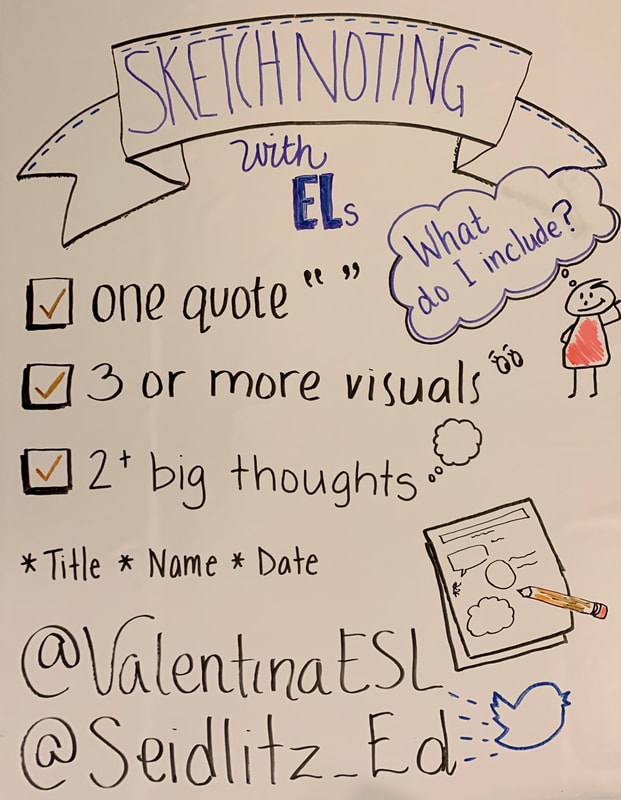
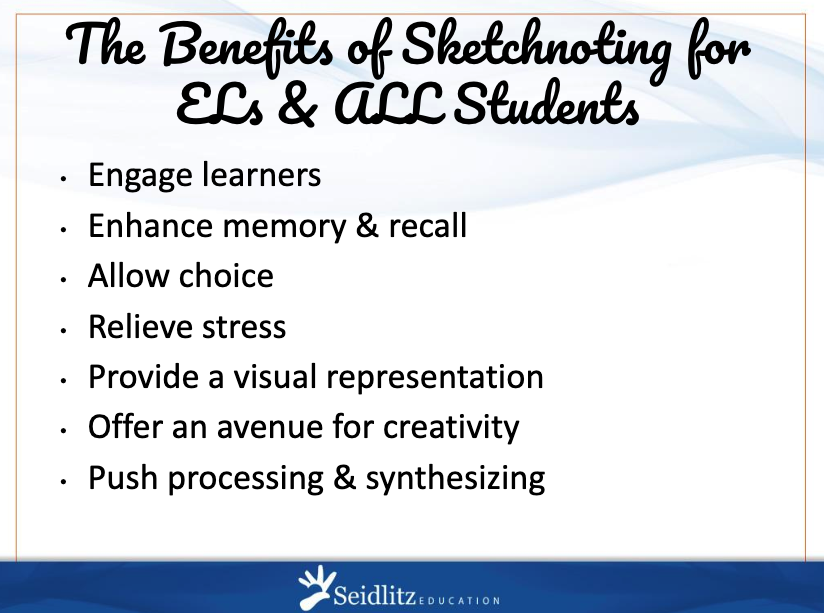

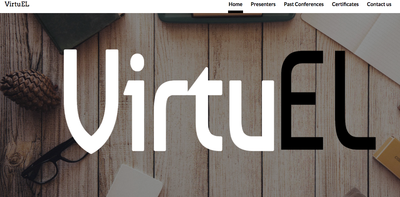

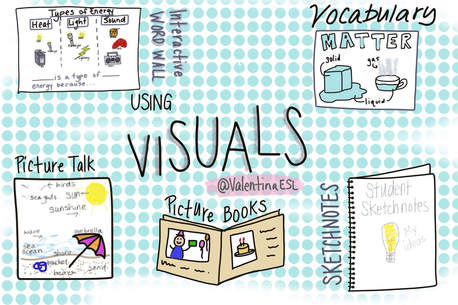
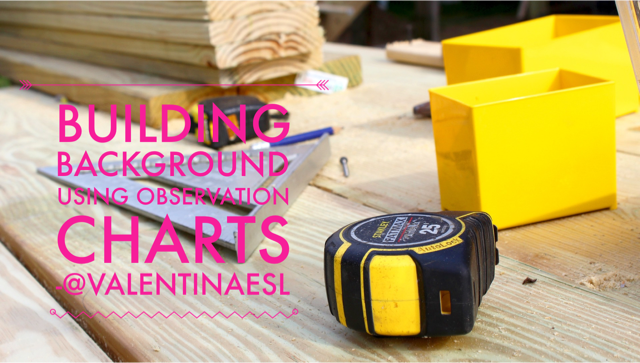
 RSS Feed
RSS Feed
